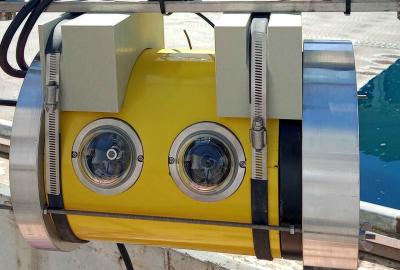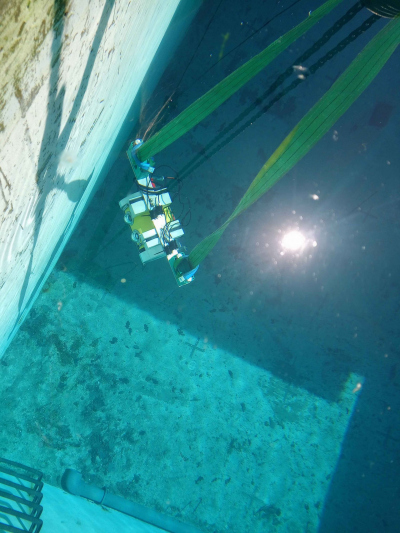- Marine Technologies
- Projects
- Deep Glider Seafloor Imaging
Deep Glider Seafloor Imaging
The acquisition of optical seafloor images is a significant capability to evaluate changes and healthiness of marine ecosystems. MARUM activities for Mission Atlantic have started with the preparation of an underwater glider imaging module for deployment and data acquisition at selected regions of the Atlantic Ocean. Glider deployment is conducted in partnership with Plataforma Oceánica de Canarias (PLOCAN). The exploitation of latest technology for LED lighting, image sensing, and adaptive sampling strategies enables the acquisition of seafloor images with unprecedented quality and energy efficiency.
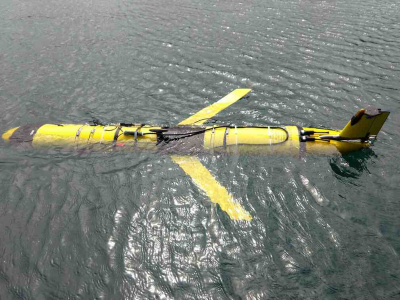
Underwater gliders can sample ocean data with long endurance and low deployment cost. Due to it's controllable buoyancy, the glider can float in a zig-zag manner through the water column while generating moderate forward propulsion at minimal energy requirements. Using a downward looking sonar, the glider can safely detect the seafloor and turn-around at a predefined altitude above ground. During these upward inflections, images in the proximity of the seafloor can be acquired.
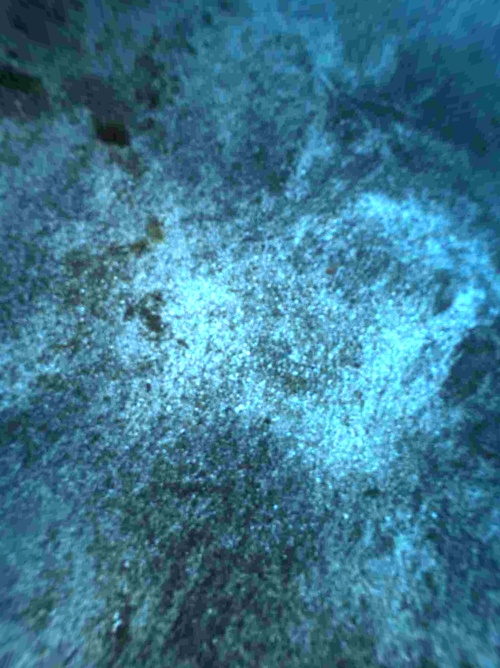
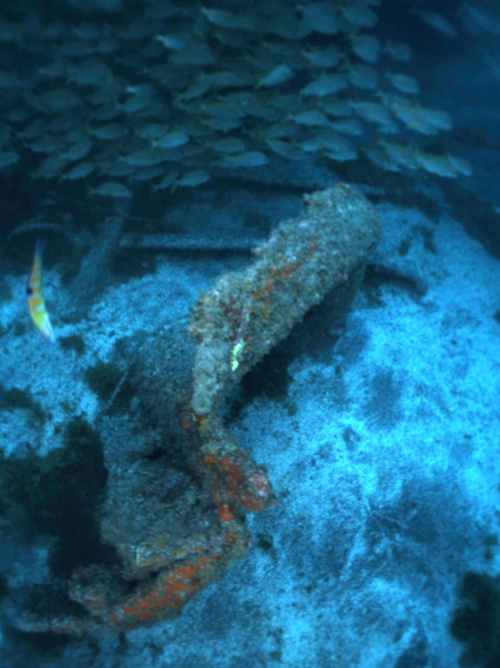
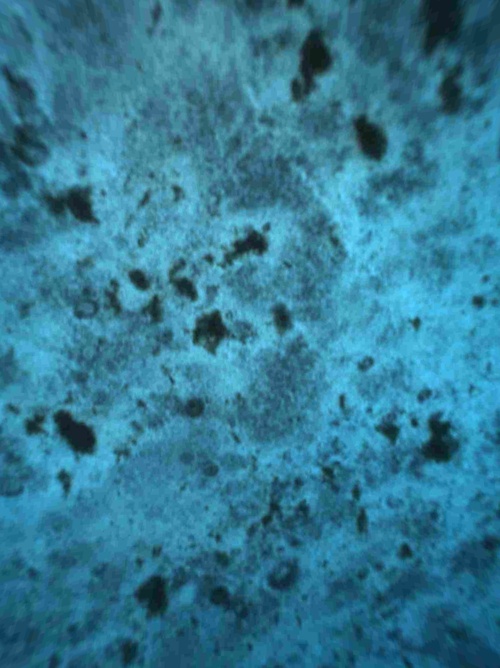
Kontakt:
Dr.-Ing. Daniel Gregorek
Marine Environmental Technologies / Deep-Sea Engineering
MARUM, University of Bremen
E-Mail: [Bitte aktivieren Sie Javascript]




